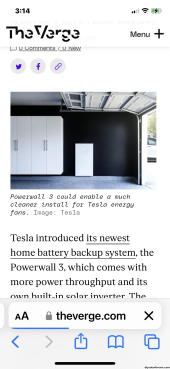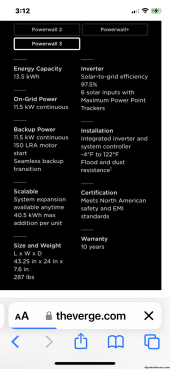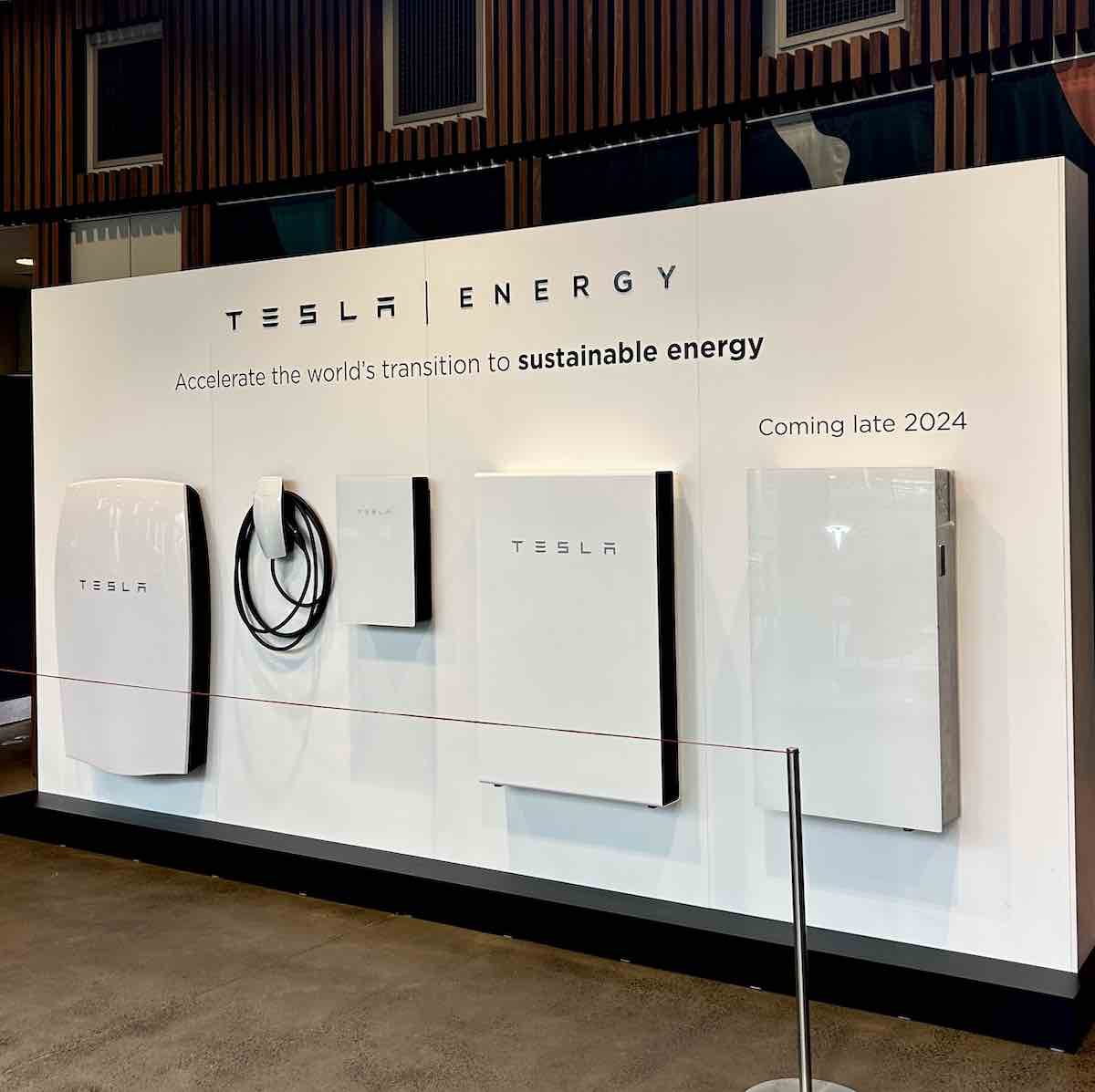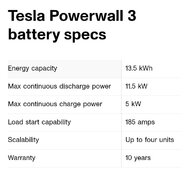Rocksnsalt
Solar Enthusiast
I know it’s not exactly a DIY thing, but still may be of interest to some.
I did a search and didn’t find anything on this so since I ran accross this today, thought I would post it:
TESLA POWERWALL 3 info
Built in Inverter…
/cdn.vox-cdn.com/uploads/chorus_asset/file/24918090/powerwall_3_support_hero.jpeg)
 www.theverge.com
www.theverge.com
I did a search and didn’t find anything on this so since I ran accross this today, thought I would post it:
TESLA POWERWALL 3 info
Built in Inverter…
/cdn.vox-cdn.com/uploads/chorus_asset/file/24918090/powerwall_3_support_hero.jpeg)
Tesla unveils Powerwall 3, this time with a built-in solar inverter
Powerwall 3 won’t play nice with current installs but is easy for new ones.








/cdn.vox-cdn.com/uploads/chorus_asset/file/23647549/1238297163.jpg)